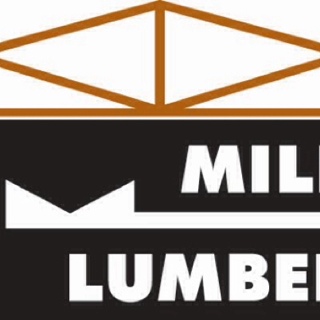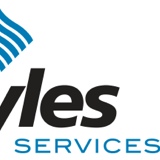Title Page
-
Job site location
-
Date and time of inspection
Portable Hand and Power Tools
General Requirements
-
Are all Portable hand or power tools maintained in a safe condition?
-
If compressed air is used for cleaning purposes, is it used at pressures less than 30 psi and only with effective ship guarding and personal protective equipment?
-
Are power tools equipped and used with guards whenever possible?
-
Are all belts, gears, shafts, pulleys, sprockets, spindles, drums, flywheels, chains, or other reciprocating, rotating or moving parts equipment guarded if operator is exposed to contact or if they otherwise create a hazard?
-
Is all necessary personal protective equipment provided whenever the use of hand and power tools could create falling, flying or splashing debris, or harmful dusts, fumes, mists, vapors or gases?
-
If tools and equipment are brought in from home, are they subject to the same safety requirements as supplied tools and equipment?
-
Are all chain saws, percussion tools, and hand-held powered circular saws equipped with a constant pressure switch that shuts off power when released?
-
Are all hand-held powered drills; tappers; fastener drivers; horizontal, vertical and angle grinders; disc sanders; belt sanders; reciprocating saws; saber, scroll, jig saws and other similarly power tools equipped with a constant pressure switch control?
-
Are all hand-held powered platen sanders, grinders, routers, planers, laminate trimmers, nibblers, shears, scroll saws, and jig saws equipped with a positive "on-off" control?
-
On hand-held power tools, is the operating control located so as to minimize the possibility of accidental operation?
-
Are all portable power driven circular saws equipped with guards above and below the base plate and shoe?
-
Does the upper guard on a circular saw cover the saw to the depth of the teeth, except for the minimum arc required to permit the base to be tilted for bevel cuts?
-
Does the lower guard on a circular saw cover the saw to the depth of the teeth, except for the minimum arc required to allow proper retraction and contact with the work?
-
When a circular saw is removed from the material being sawed, does the lower guard automatically and instantly return to the covering position?
-
Are belt sanding machines provided with guards at each nip point, where the sanding belt runs onto the pulley?
-
If a saw cracks, is it immediately removed from service?
-
Are all portable, electrically powered tools properly grounded or double insulated?
-
Are impact tools, such as drift pins, wedges, and chisels, kept free of mushroomed heads?
-
Are the wooden handles of tools kept free of splinters or cracks and are they fixed tightly in the tool?
-
Is it prohibited to lower or hoist a tool by the cord?
-
Do woodworking tools meet the American National Standards Institute (ANSI) safety codes?
Pneumatic Power Tools and Hose
-
Are pneumatic power tools secured to the hose or whip by some positive means, so as to prevent the tool from being accidentally disconnected?
-
Are safety clips or retainers used on pneumatic impact (percussion) tools to prevent attachments from being accidentally expelled?
-
Are all pneumatically driven nailers, staplers, and other similar equipment which have automatic fastener feeds and which operate at more than 100 psi pressure at the tool equipped with a safety device on the nozzle to prevent the tool from ejecting fasteners, unless the muzzle is in contact with the work surface?
-
Are all compressed air hoses and hose connections designed for the pressure and service to which they are subjected?
-
Is it prohibited to lower or hoist tools by the hose?
-
Do all hoses have safety devices at the source of the supply or branch line, to reduce pressure in case of hose failure?
-
Are all fuel powered tools stopped while being refueled, serviced, or maintained?
-
Is all fuel transported, handled and stored in accordance with applicable regulations?
-
When fuel powered tools are used in enclosed spaces, are measures taken to prevent build-up of toxic gases?
-
Signature of inspector













